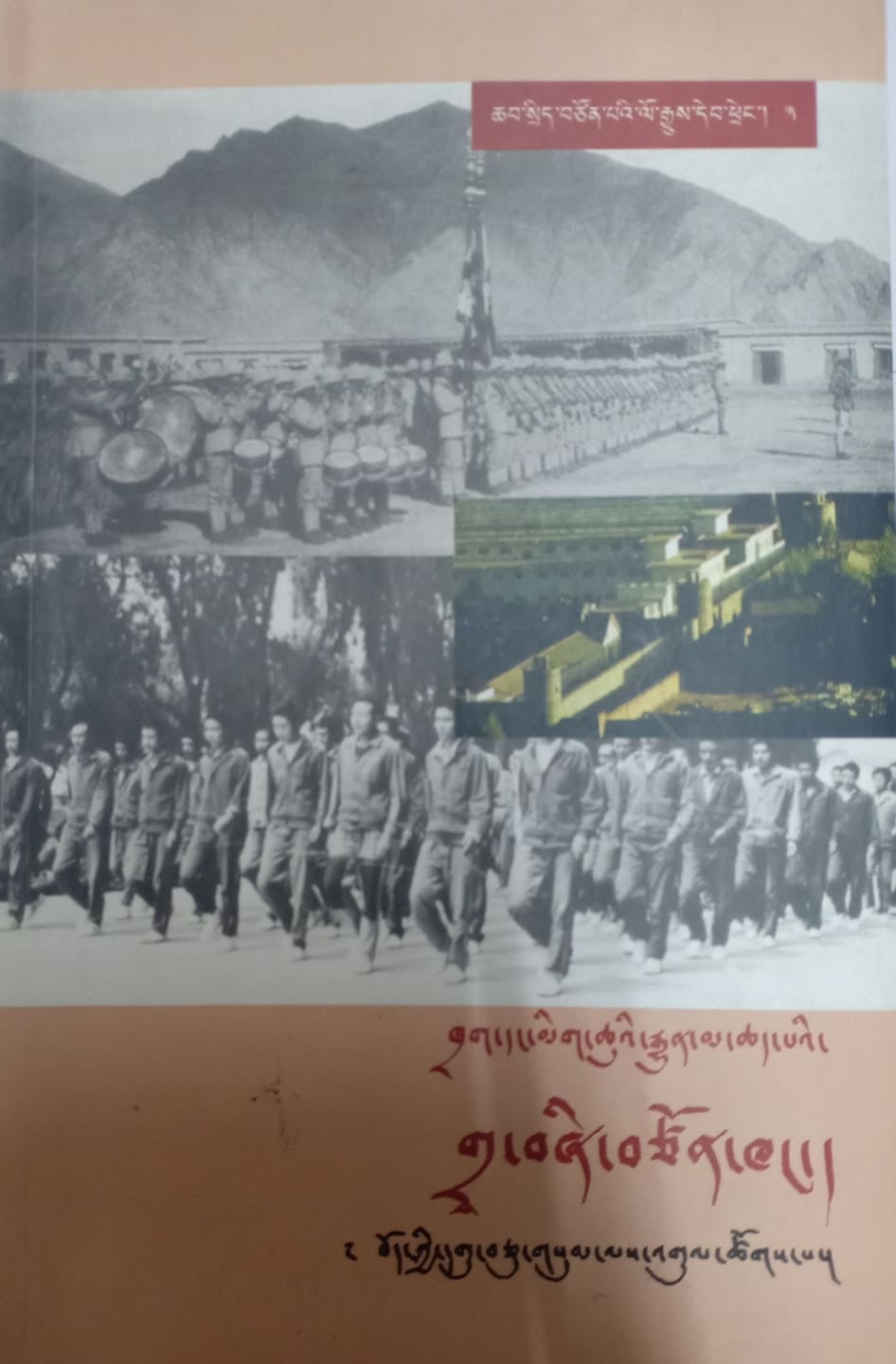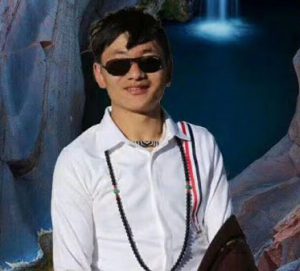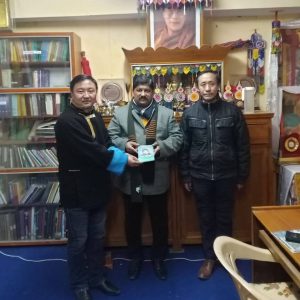Lhasa’s Drapchi prison or Tibetan Autonomous Region (TAR) No. 1 prison is the largest prison
where Tibetans are brutally tortured and interrogated. It is barricaded heavily with extremely high barricades with a prison guard patrol tower on four sides. The second gate of the prison is positioned with heavily armed prison guards who follow with close surveillance towards a black gate. The black gate has the slogan “strengthen the transformation” was written on both sides of the gate and has a notice for a restricted entry for the outsiders.
The Drapchi prison was a military garrison during independent Tibet. It was also known as
“Dongdrak Military Garrison” before Drapchi. After the failed political uprising of 1959 in Tibet,
the Drapchi Military Garrison was converted into Drapchi Prison. It has multiple unofficial names like “Prisoner’s camp” and Drapchi Prison was officially registered as Tibetan Autonomous Region’s No. 1 prison in 1965. Prisoners who are charged under criminal laws are administrated by the Department of Labor under the State Council. The political prisoners are judicially trialed and under the jurisdiction of the Supreme People’s Procuratorate. The prisoners are subjected to forced labor work in prison such as masonry, tailoring, mechanic work, knitwork, carpet weaving, agriculture, horticulture, carpentry.
The Drapchi prison has political prisoners that are divided into two periods. The first period was
between 1959 and 1980. After the death of Mao, Deng Xiaoping succeeded him. He reformed many policies and changes put forward by Mao such as the Cultural Revolution. The Chinese policy regarding Tibet also saw a beginning of a slight positive change. The surviving political prisoners who were imprisoned during 1959 were released. The political prisoners who saw brutalization of the Chinese in Drapchi Prison are from all walks of life such as the common Tibetan people, high ranking Tibetan government officials, monks, high Tibetan lamas, scholars. The second period of Drapchi political prisoners are those who are arrested post-1980s. 21 monks of Drepung Monastery staged a peaceful protest against the Chinese authorities for Tibet’s Independence on 27th September 1987. This marked the beginning of a new generation of political prisoners at Drapchi Prison.
This book details a series of courageous acts displayed by the political prisoners who formed organizations within the prison and organized multiple rallies, hunger strikes, and composed protest songs against the Chinese government. The Chinese authorities brutally
tortured the prisoners. Their jail terms were increased and some political prisoners also received death sentences. The Drapchi Prison was then notoriously famed for its brutality against the political prisoners. The international community offers solidarity with the Tibetan political prisoners at the Drapchi Prison through awareness about the harsh sentences and brutality brunt by the political prisoners.
Translated from Tibetan.





is this book available in english?
This is available in Tibetan only.